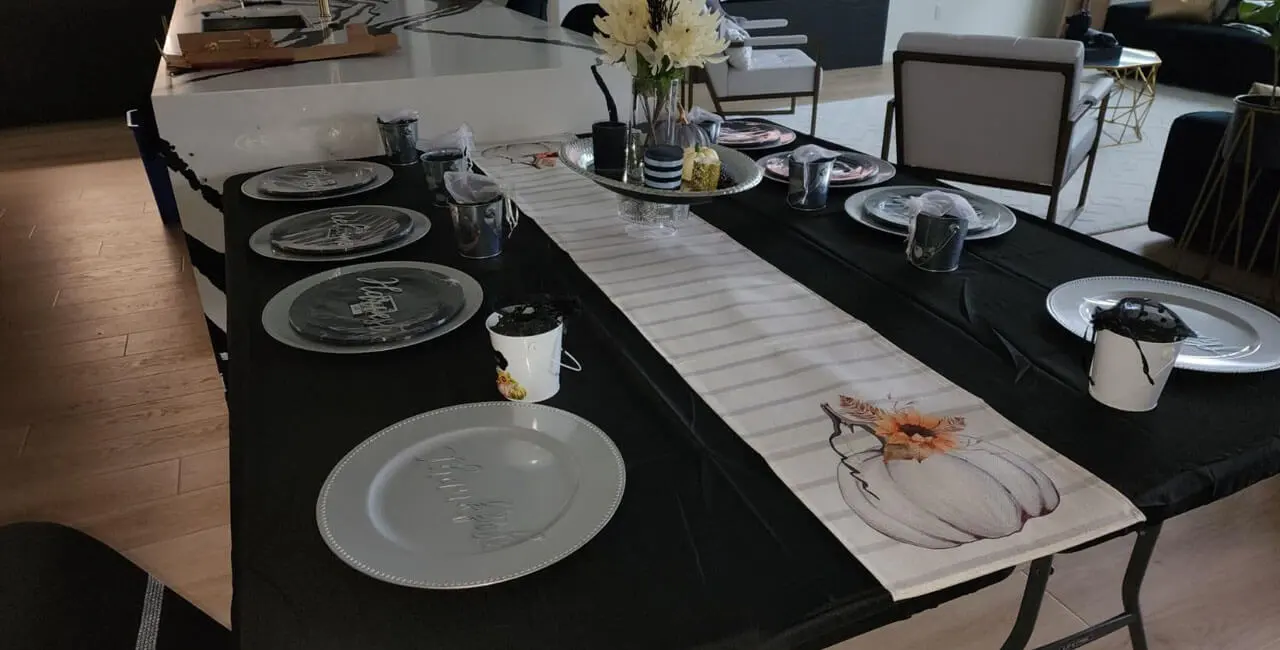Water Repellency and Water Resistance are distinct concepts related to waterproof performance. They differ in terms of working principles, testing standards, and application scenarios.
1. Water Repellency (DWR - Durable Water Repellent)
Definition
Water repellency refers to the ability of a fabric to resist water penetration by causing water droplets to bead up and roll off the surface, thanks to a DWR (Durable Water Repellent) coating.
Water repellency ≠ Waterproofing – if water remains in contact with the fabric for an extended period, it may eventually penetrate.
Technology & Mechanism
By applying a nano-scale hydrophobic coating (e.g., fluoropolymers, silicones) to the fabric surface, surface tension is reduced, creating a lotus leaf effect, which allows water to roll off instead of seeping in.
Key Features
Provides short-term water resistance, keeping the fabric dry.
Maintains breathability, making it suitable for outdoor protective applications.
Not completely waterproof—prolonged exposure to rain or immersion will cause penetration.
Testing Standard: AATCC 22 / ISO 4920
This test evaluates the fabric’s ability to repel small water droplets sprayed onto its surface. Results are graded as follows:
Grade 5 (Excellent): Water droplets completely roll off, no surface wetting.
Grade 4: Minimal water adhesion, but no penetration.
Grade 3: Partial water penetration into the fabric.
Grade 2: Noticeable wetting of the fabric surface.
Grade 1 (Poor): Complete water absorption and penetration.
Applications
Car covers, tent outer layers, outdoor furniture covers, softshell jackets, umbrellas, etc.
2. Water Resistance (Waterproof / Hydrostatic Pressure Resistance)
Definition
Water resistance refers to the fabric's ability to withstand water pressure before allowing moisture to penetrate. It is measured in mmH₂O (millimeters of water column)—the higher the value, the stronger the waterproof capability.
Unlike water repellency, water-resistant fabrics prevent water penetration even during prolonged exposure.
Technology & Mechanism
Achieved through PU (polyurethane), PVC, TPU (thermoplastic polyurethane), PTFE (polytetrafluoroethylene) coatings, or lamination processes (e.g., TPU films, PTFE membranes) to create an impermeable barrier.
Hydrostatic Pressure Ratings (JIS L1092 / ISO 811 Standard)
Water Resistance Level | Performance |
1,000mmH₂O - 3,000mmH₂O | Basic water resistance (resists light rain, short-term exposure) |
3,000mmH₂O - 5,000mmH₂O | Moderate water resistance (resists moderate rain, brief water exposure) |
5,000mmH₂O - 10,000mmH₂O | High water resistance (resists heavy rain, suitable for outdoor gear) |
10,000mmH₂O - 20,000mmH₂O | Extreme water resistance (resists torrential rain, suitable for high-altitude trekking, boat covers) |
20,000mmH₂O+ | Fully waterproof (for professional-grade applications, such as diving suits) |
Key Features
Long-term waterproofing – prevents water penetration even under prolonged exposure.
Different coatings determine waterproof levels – PU & TPU offer breathability, while PVC provides full waterproofing but lacks breathability
Seam sealing (Seam Taping) is often applied to block water from entering through stitching holes.
Applications
Car covers, boat covers, tents, raincoats, outdoor waterproof garments, mountaineering gear, waterproof bags, etc.
3. Comparison: Water Repellency vs. Water Resistance
Property | Water Repellency (DWR) | Water Resistance (Hydrostatic Pressure) |
Working Principle | Hydrophobic coating repels water droplets | Coating or membrane blocks water penetration |
Waterproofing | Not fully waterproof | Fully waterproof |
Testing Standard | AATCC 22 / ISO 4920 | JIS L1092 / ISO 811 |
Durability | Decreases over time due to abrasion | More durable, retains waterproofing for extended periods |
Breathability | High breathability, comfortable to wear | Varies by material (e.g., TPU is breathable, PVC is not) |
Application Scenarios | Light water resistance (light rain, dew) | Full waterproofing (heavy rain, prolonged exposure) |
4. Selection Guide
For short-term water exposure (e.g., car covers, softshell jackets, outdoor furniture covers) → Choose DWR-treated Oxford fabric (Water Repellent).
For high waterproof performance (e.g., boat covers, tents, raincoats) → Choose high hydrostatic pressure-resistant Oxford fabric (PU/TPU laminated)
For cost-effective waterproofing (e.g., general outdoor covers) → Choose PVC-coated Oxford fabric (low cost, but non-breathable).

 English
English 

